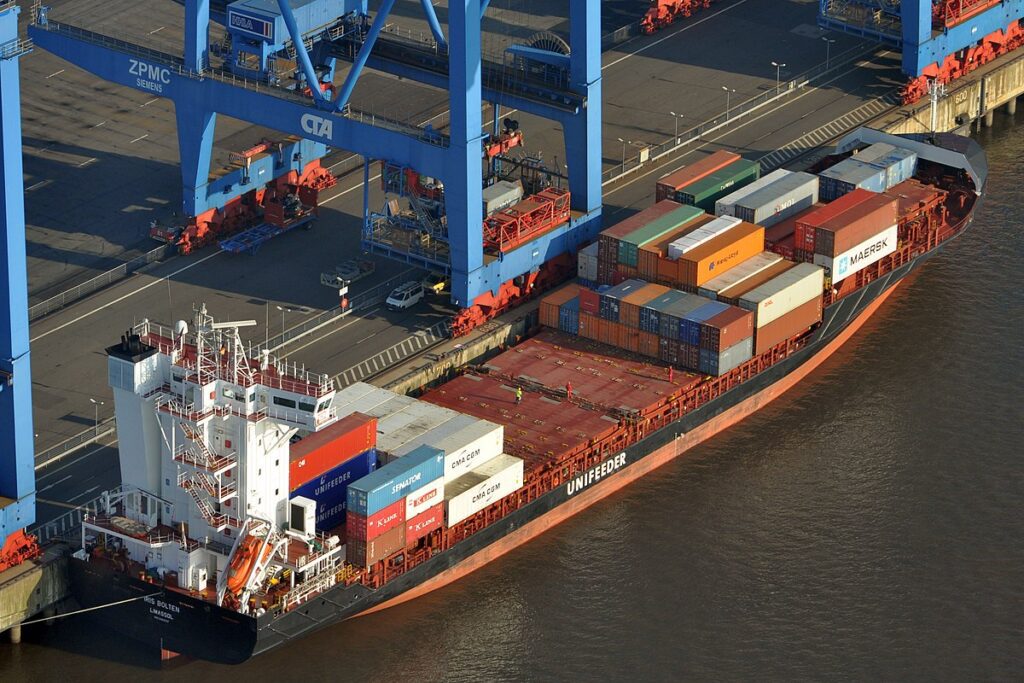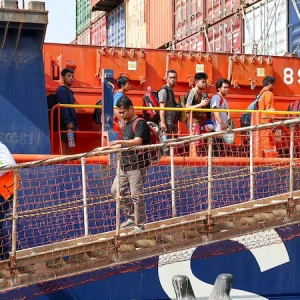For centuries, ancient Indian seafarers dominated maritime trade routes, sailing across vast oceans with remarkable skill and ingenuity. One of their most fascinating achievements was the use of coir-stitched ships, an extraordinary shipbuilding technique that enabled them to brave the high seas long before the advent of modern shipbuilding materials. These vessels, made without nails or metal fastenings, stand as a testament to India’s rich maritime heritage and technological prowess.
The Ingenious Art of Coir-Stitching
Unlike conventional wooden ships that relied on metal nails or fasteners, coir-stitched ships were uniquely built using coconut fiber (coir) to stitch wooden planks together. This method, called ‘stitched shipbuilding,’ was widely practiced along the Indian coastline, particularly in regions such as Kerala, Gujarat, and Tamil Nadu.
The process involved:

- Wooden planks carefully carved and shaped to fit together.
- Coir ropes, made from coconut husks, used to bind and stitch the planks.
- Natural resins and fish oil applied to waterproof and strengthen the hull.
- Flexible structure, allowing the ship to absorb shocks from rough waves and monsoon winds.
Why Did Ancient Indian Seafarers Use Coir-Stitched Ships?
Several key advantages made coir-stitched ships a preferred choice for Indian mariners:
1. Superior Flexibility and Durability
Unlike rigid ships held together with metal nails, coir-stitched vessels had a unique shock-absorbing quality. The flexibility of coir stitching allowed them to withstand rough seas, making them ideal for navigating the unpredictable monsoon waters of the Indian Ocean.
2. Corrosion Resistance
Metal nails and fasteners used in shipbuilding were prone to rusting in the salty marine environment. Coir ropes, however, were naturally resistant to corrosion, ensuring the longevity of these vessels.
3. Lightweight Yet Strong Design
The absence of heavy metal fastenings made these ships lighter, faster, and more maneuverable, allowing traders to cover long distances efficiently.
4. Sustainable and Locally Sourced Materials
Coconut trees were abundant along India’s coast, making coir an easily accessible, renewable, and eco-friendly resource for shipbuilding.
Ancient Trade Routes and Maritime Influence
India’s stitched ships played a crucial role in the development of ancient maritime trade networks. Indian merchants and sailors used these vessels to travel to Arabia, Africa, Southeast Asia, and even China, exchanging goods such as spices, textiles, and precious stones.
Some of the most famous maritime trade routes where these ships were extensively used include:
- The Spice Route connecting the Malabar Coast to the Middle East and Europe.
- The Silk Road by Sea, linking India with China and Southeast Asia.
- The Arabian Sea Trade Routes, facilitating cultural exchanges between India and Africa.
Legacy and Modern-Day Recognition
While metal-hulled ships eventually replaced coir-stitched vessels, their legacy continues to inspire traditional boat-making communities in India. Today, historical and cultural projects are reviving the lost art of stitched shipbuilding to preserve India’s maritime heritage.
Notably, replicas of stitched ships have been constructed in recent years to retrace ancient trade routes and demonstrate the resilience of this time-tested technology. Archaeologists and maritime historians acknowledge that these vessels were crucial in shaping India’s dominance in early global trade.
Conclusion
The ingenuity of India’s ancient shipbuilders allowed seafarers to conquer the high seas with unmatched resilience. Coir-stitched ships were not just a remarkable technological achievement but also a symbol of sustainable craftsmanship and maritime supremacy. As interest in traditional shipbuilding techniques grows, these historical vessels remain a source of inspiration for modern naval architecture and cultural heritage conservation.
Do follow Uae stories for more Updates
UAE: EPAA Raises Environmental Awareness Among Youth In New Initiative













